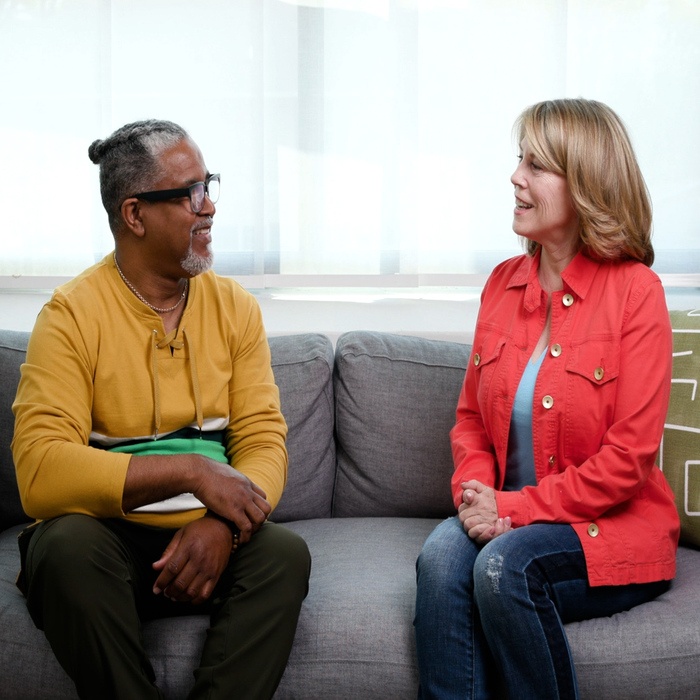Listening for connection

Listening is a fundamental tool for successful relationships. It can be defined as giving attention to messages and information received through sound and action. Becoming aware of your current listening skills and behaviors, and practicing new ones, will strengthen your own ability to listen to connect and not just respond.
Being a good listener helps solve problems, resolve conflicts and improve relationships. Listening is a great way to engage with anyone—from people you’ve just met to people you’ve known your whole life. But a lot of us aren’t actually great listeners. Instead, we focus on “our turn” in a conversation rather than attentiveness to others. We all can improve our listening skills.
Use the tips below to see what kind of listener you are, and how to become a better one.
- Listen to comprehend. If you are listening to respond, you may notice that you interrupt, are waiting for a pause or are prone to changing the subject mid-conversation. The next time you’re in a conversation, practice listening to really hear by taking a moment, after the other person is done talking, to think about what was just said before commenting, asking clarifying questions or retelling in your own words.
- Avoid distractions. Distractions are everywhere and include our own thoughts. Some distractions are unavoidable, but minimizing them can help us stay focused and attentive in conversation. When you are listening to someone else, put away cell phones and other gadgets, turn off music, stop doing side activities and don’t try to carry on multiple interactions at once.
- Fully engage. Once you’ve taken steps to limit distractions and focus on understanding, engage in active listening. This means giving feedback, asking questions to clarify certain points, sharing your opinions and summarizing the other person’s comments to see if you’ve interpreted their meaning correctly
- Consider how you might be shutting down conversation—and what changes you could make to create more connection through listening. Let’s imagine a friend told you some great news. The way you listen and respond to that news can encourage more conversation, or cut it off before it ever really gets going.
Consider these four options:
- Active-constructive: Your response is enthusiastic, interested and supportive, and you ask for more information. This response will probably keep your friend talking about their news.
- Passive-constructive: You seem positive but your response is muted and with no follow up, perhaps saying, “That’s nice,” with no real interest or enthusiasm. This is likely to make your friend feel not heard, and to shut the conversation down.
- Active-destructive: Your response is to belittle or reinterpret the good news, focusing on negative implications. This probably just ends the conversation and may be frustrating or disappointing for your friend.
- Passive-destructive: You barely acknowledge the announcement or change the subject. This will likely end the conversation and leave your friend feeling hurt or angry.
Response type
Active
- Constructive: “ That’s brilliant news! I’m so pleased for you. What is your next step?”
- Destructive: “Seriously? That sounds so stressful!”
Passive
- Constructive: “That’s nice.”
- Destructive: “I see. Anyway, guess who I saw?”
Take note on how you respond to different situations when people share ideas or information. Once you become more self-aware, aim for more active constructive responses.
